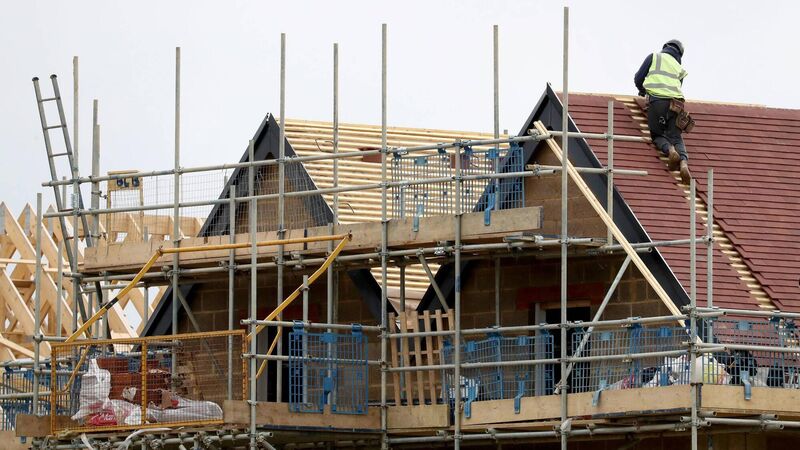Retrofitting Cork's housing stock would solve fuel poverty - but cost €3.8bn over 10 years

Fuel poverty, which is described as spending at least 10% of a household income on keeping a home warm, has traditionally been tackled by providing fossil fuel supports to families.
Despite the attempts to tackle it, fuel poverty has become worse as health deteriorates through repeated problems in homes such as damp and cold draughts.
An event hosted by Cork City Council featuring members of housing software firm RetroKit heard that 157,000 homes across Cork city and county could be upgraded to a BER rating of B2 or better.
A BER rating is an energy label for homes, rating from A to G on a scale. A-rated homes are the most energy efficient and will tend to have the lowest energy bills, according to the Sustainable Energy Authority of Ireland (SEAI).
Under the mass retrofitting plan, 25% of those homes would be lifted from fuel poverty, Susan O'Flaherty and Shay Kavanagh of RetroKit told the virtual audience.
While it would require major investment and funds, it would also have a massive impact on overall health and well-being, they said.
Fuel poverty can exacerbate health conditions such as asthma, and cost the health services of a country in the hundreds of millions every year.
Some €380 million a year would be required over 10 years to retrofit homes to a higher BER standard, but the cost would be offset by the creation of 7,000 new jobs, which would also become sustainable roles, Mr Kavanagh said.
There were scales of doing so, he said. A shallow upgrade and heat pumps could achieve a B2 rating, was cost effective but risky in terms of thermal comfort and running costs.
The most expensive method would bring homes to A2 standard and fuel would cost a fraction from what it was before the work took place, he said.
It comes as official figures from the Central Statistics Office (CSO) found homes built between 2015 to 2020 were vastly more energy efficient than those built in the past 20 years.
Some 97% of homes built in the past five years have been given an A rating compared with 35% in 2010 to 2014, and just 1% in 2005.
Mains gas was the main space heating fuel used in 50% of the dwellings completed during 2015-2020 and with a BER audit.












